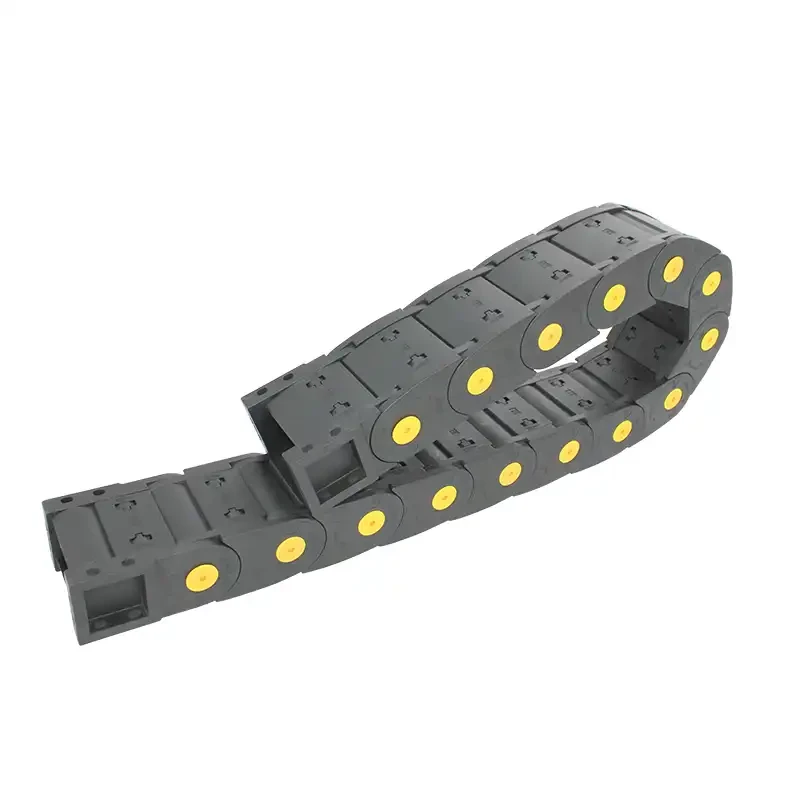synchronous belts and pulleys
Understanding Synchronous Belts and Pulleys
Synchronous belts and pulleys are essential components in various mechanical systems, serving to transfer power and motion within machinery and vehicles. They operate on the principle of synchronization, ensuring that the driving and driven components maintain an exact timing relationship. This article explores the workings, applications, benefits, and considerations associated with synchronous belts and pulleys.
How Synchronous Belts Work
Synchronous belts, often made from reinforced elastomers reinforced with fibers such as polyester or steel, are designed with teeth that mesh with corresponding teeth on the pulleys they engage with. This tooth-and-groove design prevents slippage, ensuring a precise motion transfer. The primary advantage of this system is that it allows the belt to move without slipping under tension, making it highly efficient and reliable for timing applications.
The operation of synchronous belts hinges on the tension applied. Proper tension ensures optimal contact between the belt and pulleys, which stabilizes transmission and minimizes wear. When correctly installed, synchronous belts are capable of transferring high levels of torque, making them suitable for high-performance applications.
Applications of Synchronous Belts and Pulleys
Synchronous belts and pulleys find use in numerous applications across various industries. In automotive engineering, they are commonly found in timing belts that synchronize the rotation of the crankshaft and camshaft, ensuring that the engine’s valves open and close at the correct times. This synchronization is critical for maximizing engine efficiency and performance.
In industrial settings, synchronous belts are employed in conveyor systems, manufacturing equipment, and robotics. These belts facilitate the precise movement of components and assemblies, which is vital in automated production lines where timing and positioning are crucial. Additionally, synchronous belts serve in applications ranging from home appliances, like washing machines, to large-scale industrial machinery.
Benefits of Synchronous Belts
synchronous belts and pulleys

One of the primary advantages of using synchronous belts is their efficiency. Unlike traditional v-belts, which can slip, synchronous belts maintain a constant speed and reduce energy loss during transmission. This efficiency translates into lower operating costs and less wear on the associated machinery.
Synchronous belts also have a longer lifespan compared to their counterparts. The absence of frictional wear due to the meshing teeth extends their operational longevity, making them a cost-effective choice over time. Additionally, they require minimal maintenance, as they do not require lubrication, further reducing operational overhead.
Another critical benefit is their ability to operate in varied environments. Synchronous belts are resistant to oils, chemicals, and temperature changes, which enhances their versatility across different applications. They can operate effectively in conditions that would typically degrade other types of belts.
Considerations When Choosing Synchronous Belts and Pulleys
When selecting synchronous belts and pulleys for a specific application, several factors should be considered. It is crucial to match the belt type and size with the pulleys to ensure optimal performance. The pitch of the belt teeth, the material composition, and the intended load capacity are key factors in this selection process.
Additionally, tensioning systems and alignment become vital considerations. Proper alignment between the pulleys and belt is necessary to avoid premature wear or failure. Misalignment can lead to uneven wear on the teeth and increased risk of breakage.
Conclusion
Synchronous belts and pulleys represent a sophisticated method of power transmission in mechanical systems. Their ability to synchronize motion, coupled with their efficiency and durability, makes them invaluable across a plethora of applications from automotive engines to industrial conveyors. By understanding their operation, advantages, and selection criteria, engineers and technicians can make informed decisions that contribute to improved efficiency and performance in their specific applications. Whether in a small appliance or a large manufacturing plant, synchronous belts and pulleys play a critical role in the modern mechanical landscape.








